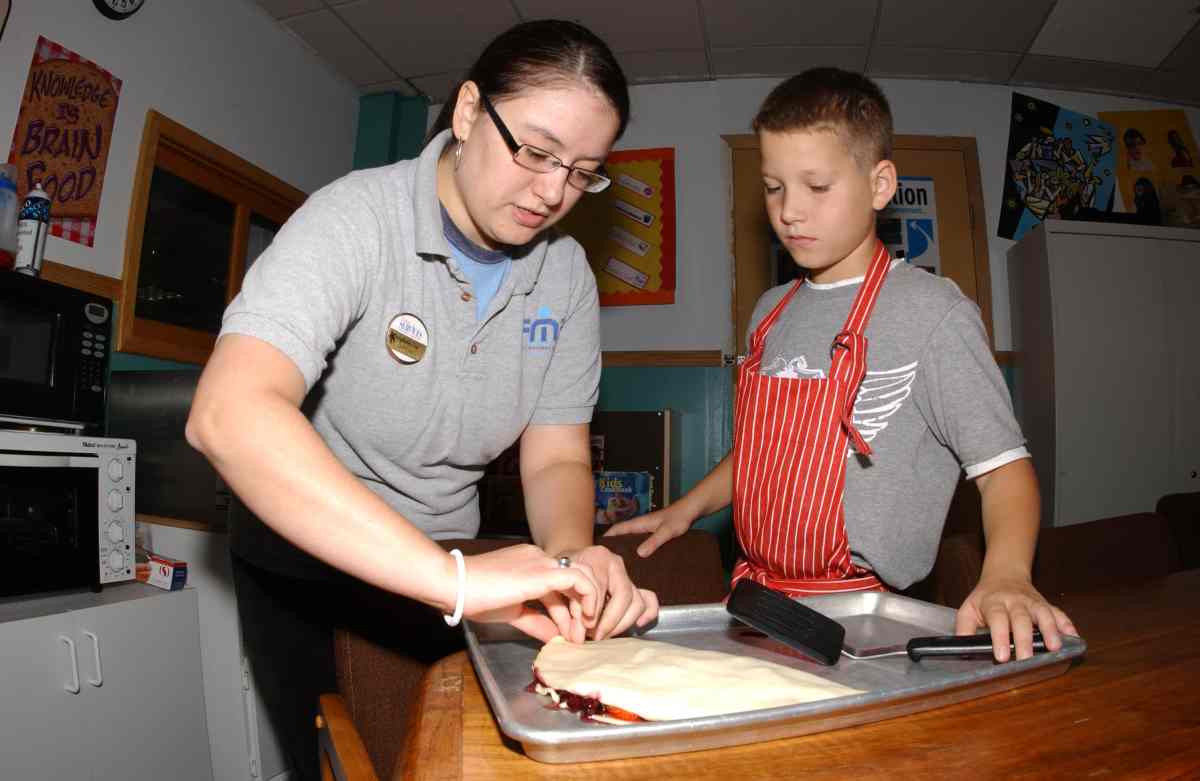Maybe your kitchen is more like an a la carte cafeteria than an organic bistro. Maybe working, soccer cab-driving, and backpack stuffing leave you with little time for recipe testing.
If you want your family to eat right but are more like Friends’ Rachel Green than celebrity cook Rachael Ray, we’ve got you covered. Some basic additions to your daily routine will get your little one’s vitamin-filled and loving it in no time.
ON THE GO
Parents may have more success serving fruits and veggies between meals than during them. Try cutting up colorful peppers, blueberries, or carrots and leaving them on the table as quick snacks while kids are playing.
“Children need to eat every three-to-four hours,” says Courtney Calo, clinical dietitian at the Northwell Health Stern Family Center For Rehabilitation in Manhasset. “It is helpful to have healthy snacks on hand for on-the-go. Healthy ideas include apples, peanut butter, Greek yogurt, edamame, or whole wheat crackers.”
Some parents find that snacks like trail mix, whole grain cereal, or air-popped popcorn are great at bedtime, because kids can fill their bellies without an unhealthy sugar rush.
COLOR THEM HAPPY
“Making food fun from the beginning can help encourage kids to try new foods,” says Calo. “For example, broccoli florets can be called ‘baby trees,’ and foods can be presented in different shapes. Focus on incorporating bright colors.”
Maybe you are thinking about serving rice with grilled chicken and cauliflower. Making the plate more colorful with some fresh green beans or fruit juice will make tiny tots more excited about a balanced meal.
MILK WITH MEALS
A glass of milk is a one-stop shop for vitamin C, calcium, and thiamine. Calcium builds strong teeth and bones, keeps nerves and muscles working, and plays a role in heart health.
According to Calo, “Calcium needs are 1000 milligrams per day for kids ages 4 to 8. Other sources include yogurt, cheese, and dark leafy greens.”
SPRING TO LIFE
The end of winter is a great time to improve your child’s diet because the days are getting longer and kids may be getting more active.
Eating right can stabilize kids’ energy, improve their moods, and pump up their cognitive functioning. And they may even start to like it!
































